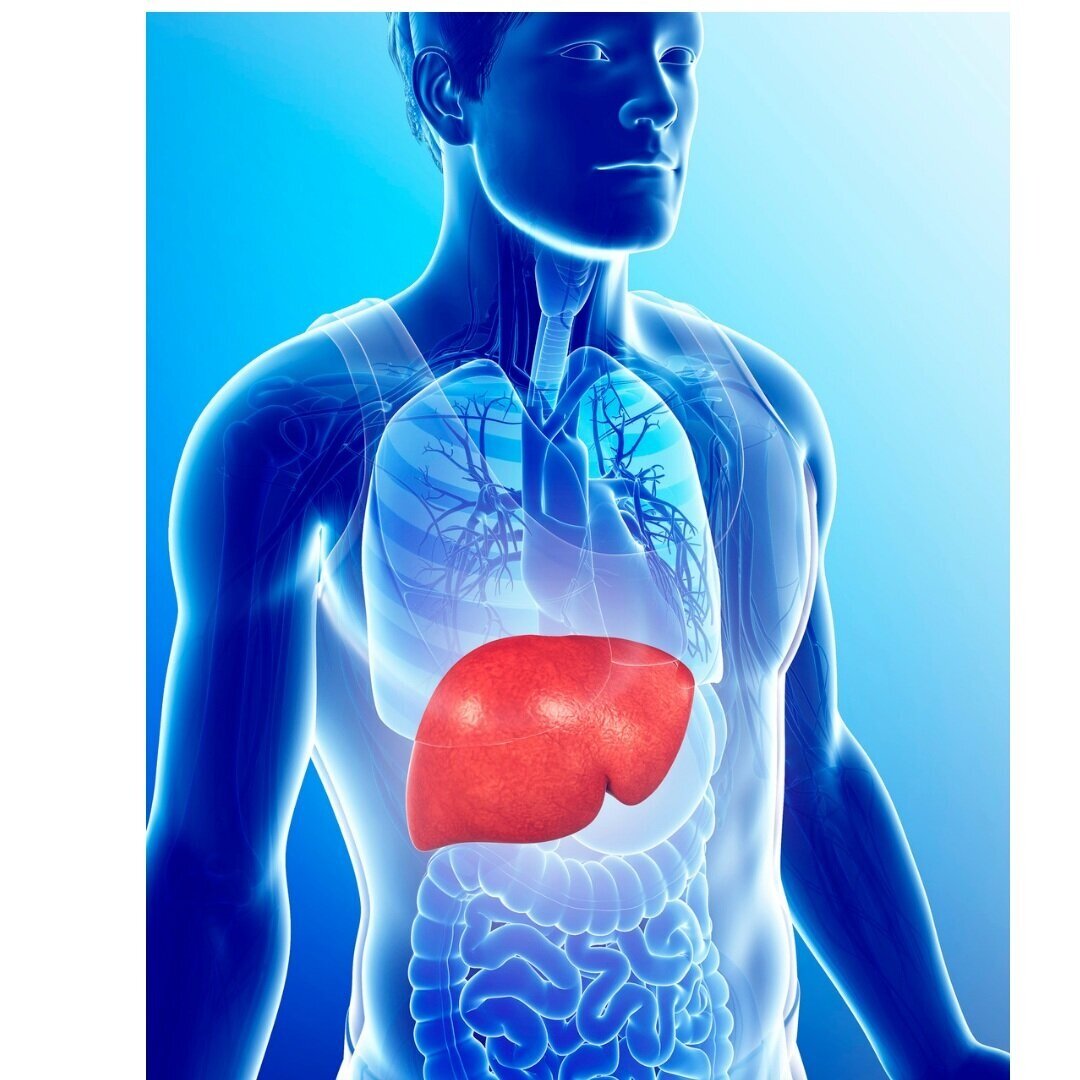Here’s another juicy truth bomb:
The strength of your abdominal muscles (especially rectus abdominis) is linked to how effectively you can push during second stage labour.
Yep, we’re talking about that moment — when you’re told to “push like you’re doing the biggest poo of your life.”
Contrary to popular belief, weaker uterine contractions are NOT linked with a prolonged second stage (as well as many other factors)…
But weaker abdominals might.
First-Time Mums, This One’s for You
If it’s your first baby, you actually need more force to help baby navigate through the pelvic floor muscles.
Why? Because your tissues haven’t done this before. They’re tighter. Less yielding. Less “been-there-done-that.”
👉 This is a big reason why first labours tend to be longer.
Pushing Is a Skill. And It Can Be Taught.
As part of my Pregnancy WOF (Warrant of Fitness), I assess a woman’s ability to push effectively. Why? Because...
🚨 1 in 4 women actually contract their pelvic floor instead of relaxing it during a pushing manoeuvrer.
We’re told “breathe your baby down” or “open like a flower” — but no one teaches us what that actually feels like.
So I do. I assess and teach how to relax the pelvic floor during a push.
Why does this matter?
Women who can relax their pelvic floor:
Have statistically shorter second stages of labour
May have a reduced risk of perineal tearing and OASI (Obstetric Anal Sphincter Injuries)
🧠 Here’s My Theory (Not Yet Proven or even discussed in the Research… But Makes a Lot of Sense)
Let me put some dots together:
A transversus abdominis (TvA) contraction creates around a 25% co-contraction of the pelvic floor
➡️ So if you’re trying to push with your TvA... you may also be unintentionally tightening your pelvic floor.1 in 4 women naturally contract instead of relaxing their pelvic floor when pushing.
Pain causes muscles to contract — sprain your ankle and everything goes into spasm, right?
➡️ So it’s pretty reasonable to say labour pain could cause pelvic floor tension.
Now Let’s Look at What We've Been Recommending in Pregnancy…
Focus on TvA strengthening (isolate, contract, repeat...)
Strengthen the pelvic floor constantly
Avoid rectus abdominis (RA) work — because “tummy separation”
Absolutely no mention of pelvic floor relaxation training
Fast forward to labour day:
❌ Your pelvic floor has been trained to contract
❌ You’re in pain (which triggers more contraction)
❌ Your RA is deconditioned
❌ So you try pushing with your TvA (because that’s what you’ve trained),
❌ But that co-contracts the pelvic floor again…
🤯 No wonder second stage pushing feels ineffective or stalls.
So… What’s the Fix?
I’m not saying don’t ever do TvA exercises.
I’m also not saying avoid pelvic floor strengthening.
What I am saying is: Balance is everything.
Some women need to focus more on RA strength
Some need pelvic floor strength (hello, sneeze wees)
Some are great at strength, but need to learn pelvic floor relaxation
So how do you know what you need?
👉 A thorough assessment with me or your local pelvic health physio! That way, you get personalised advice based on your individual needs. And not just guessing what you need to do based on a group advice.
TL;DR (Too Long; Definitely Worth Reading)
RA strength helps with effective pushing
TvA isn’t the star of the show — it needs co-stars (RA and obliques)
Pelvic floor training must include relaxation, not just strength
Balance, assessment and individualised care = a better birth prep plan

















